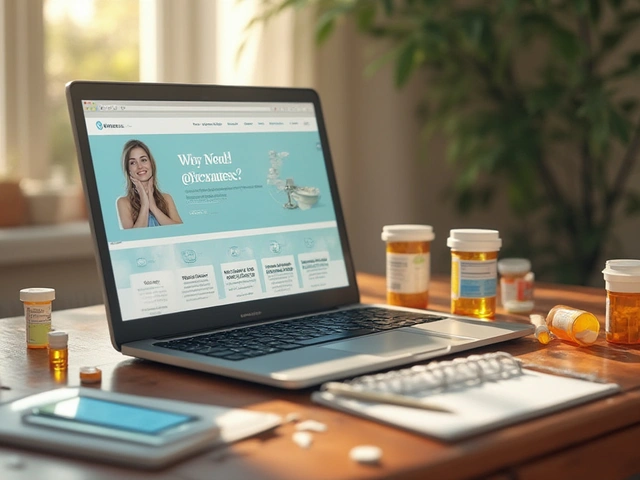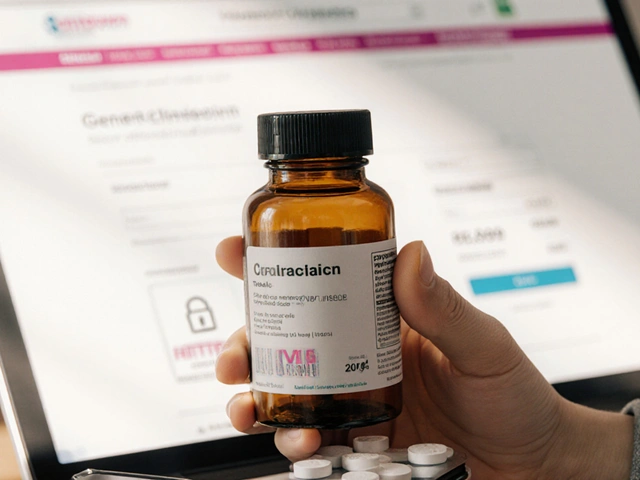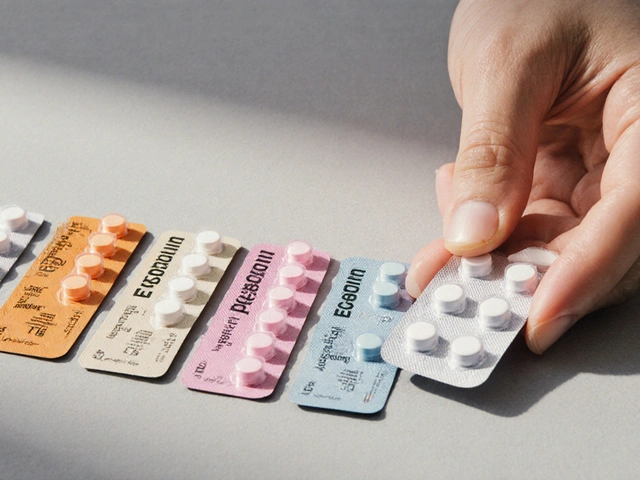Peripheral Artery Disease – What You Need to Know
Ever felt a cramp in your legs that won’t go away? That could be a sign of peripheral artery disease (PAD). It’s when the arteries that carry blood to your arms and legs get narrowed, making it harder for blood to flow. If you’re worried about leg pain, numbness, or slow healing wounds, read on – we’ll break it down in plain English.
What Is Peripheral Artery Disease?
PAD is a type of atherosclerosis that mainly affects the lower limbs. Plaque builds up in the artery walls, tightening the passageways. The result? Less oxygen and nutrients reach the muscles, especially when you walk or climb stairs. Most people don’t notice it at first, but over time the symptoms become harder to ignore.
Spotting PAD Early
Typical signs include:
- Sharp or aching pain in calves, thighs, or buttocks while walking (called claudication)
- Numbness, tingling, or coldness in the feet
- Slow healing of cuts or sores on the legs
- Shiny, smooth skin on the lower legs
Risk factors are pretty straightforward: smoking, diabetes, high blood pressure, high cholesterol, and a family history of heart disease. Even if you’re fit, these habits can still raise your chances. Quitting smoking is the single most effective step you can take to protect your arteries.
Doctors usually start with a simple ankle‑brachial index (ABI) test. They wrap a cuff around your ankle and compare the blood pressure to the one in your arm. A lower ratio signals reduced blood flow and helps confirm PAD.
When it comes to treatment, lifestyle changes are the first line of defense. Walking a few minutes a day, building up to 30‑minute walks, can improve circulation and reduce pain. Pair that with a heart‑healthy diet – think plenty of fruits, veggies, whole grains, and lean proteins – and you’ll give your vessels a break.
Medications may also be prescribed. Blood thinners, cholesterol‑lowering drugs, and medicines that widen blood vessels can all help. Your doctor will tailor the plan to your specific needs, especially if you have diabetes or high blood pressure.
In more advanced cases, procedures like angioplasty or bypass surgery might be needed to open or reroute the blocked arteries. These are usually considered when symptoms don’t improve with lifestyle tweaks and medication.
Keep an eye on your feet. Even a tiny cut can turn into a serious infection if blood flow is poor. Clean wounds promptly, keep them dry, and see a healthcare professional if they don’t heal fast.
Bottom line: peripheral artery disease may sound scary, but many people manage it successfully with simple daily habits and the right medical care. Stay active, eat smart, quit smoking, and don’t ignore leg pain. Your legs will thank you.

Intermittent Claudication Management: Practical Tips to Reduce Leg Pain
Learn what intermittent claudication is, why it happens, and how to control symptoms with exercise, medicine, lifestyle tweaks and when to see a specialist.




